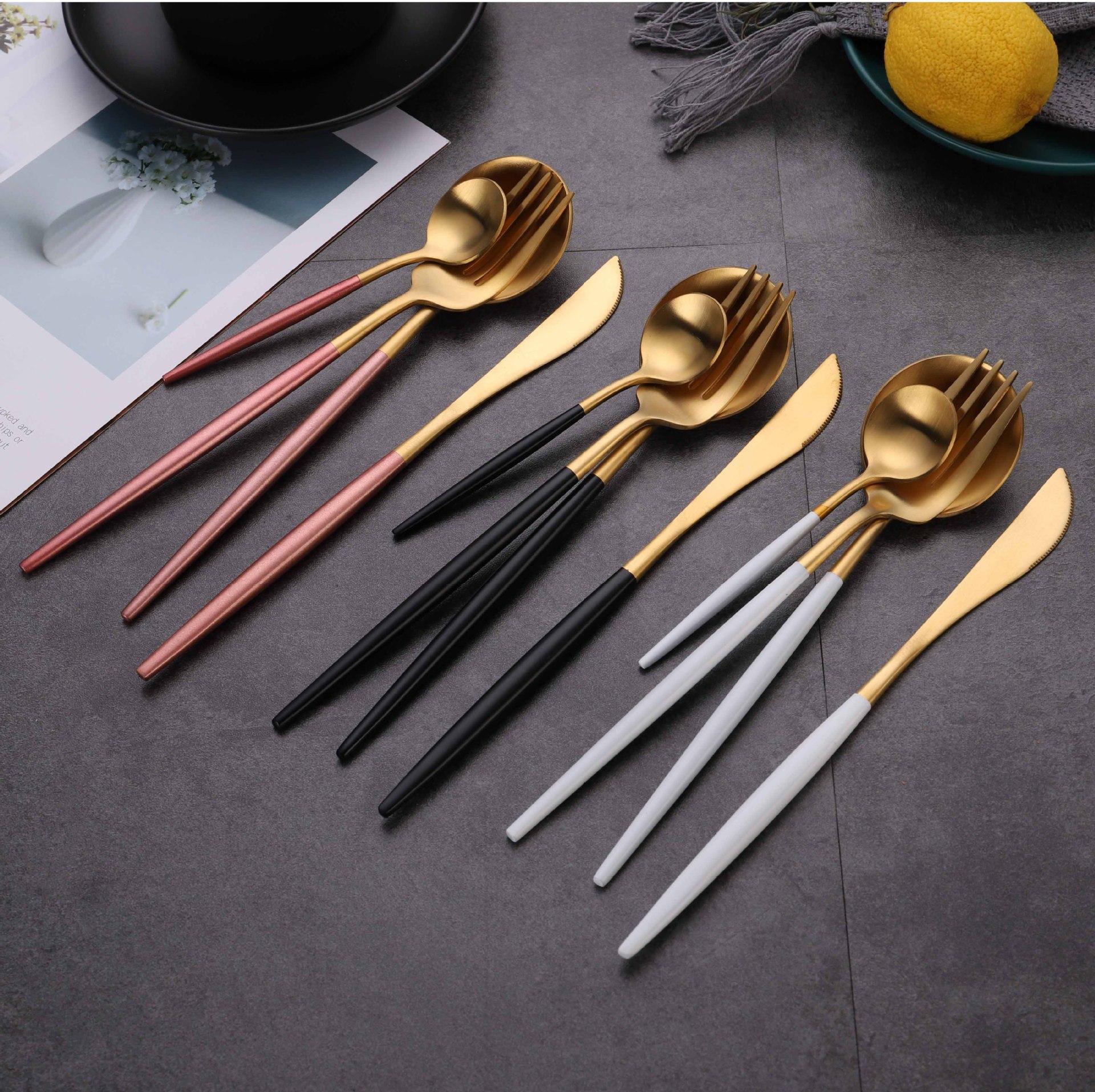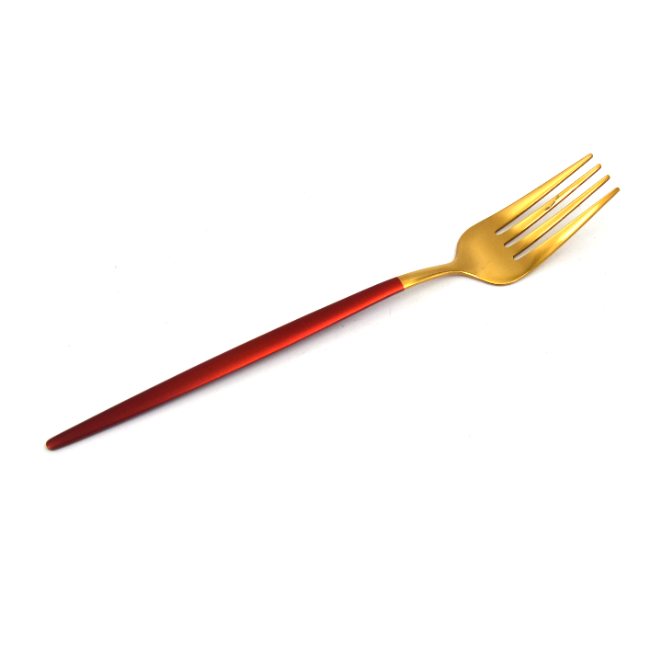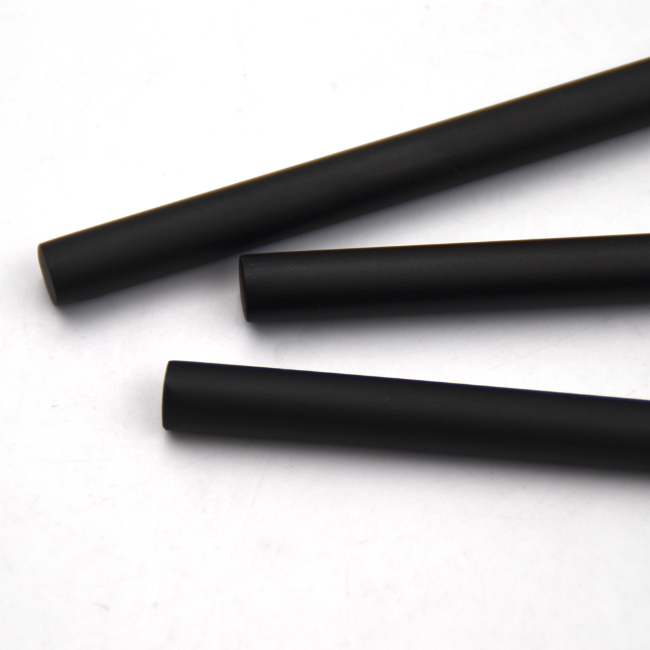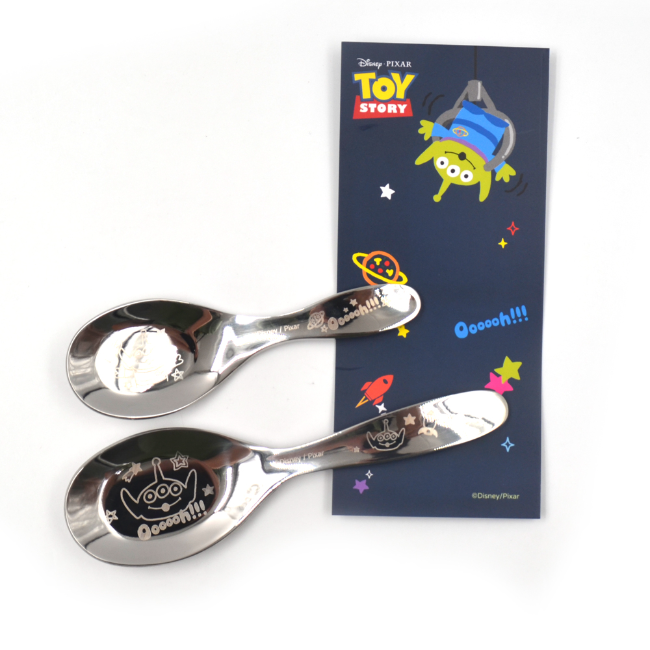
17 May
How to Draw a Spoon Step by Step?
How to Draw a Spoon Step by Step?Drawing...
How to Draw a Spoon Step by Step?
Drawing a spoon might seem like a simple task, but capturing its form with accuracy and detail can be a rewarding challenge for artists of all levels. Whether you're just beginning to explore drawing or you’re a seasoned artist looking for new subjects, learning how to draw a spoon step by step is a fantastic way to practice sketching basic shapes, shading, and understanding proportions. In this article, we will guide you through each step of the drawing process, discuss some essential tools like Gir spoons, and explore how brands like Homefelt elevate your artistic experience.
Why Draw a Spoon?
Spoons, as everyday utensils, have simple yet elegant forms that make them great subjects for practicing your drawing skills. A spoon's shape is defined by curves, lines, and a smooth surface, all of which present opportunities to hone your shading techniques and understand the fundamentals of drawing objects from life. Drawing spoons can also be quite rewarding because they often appear in art pieces that represent the ordinary beauty found in everyday objects.
Incorporating elements like spoon squares or even experimenting with designs like the spootle (a unique fusion of spoon and spatula), can also enhance your creative process. Additionally, we’ll see how Homefelt, a renowned manufacturer, designs functional kitchen utensils that double as perfect drawing subjects.
Step-by-Step Guide to Drawing a Spoon
Here’s a simple, step-by-step guide to drawing a spoon that will help you improve your drawing skills:
Step 1: Draw the Spoon’s Handle Begin by drawing a long, straight line for the spoon’s handle. The handle is typically slender and slightly tapered, so ensure that the top is slightly wider than the base. Pay close attention to the curvature of the handle—spoontips generally curve into the bowl with a subtle arc.
Step 2: Outline the Bowl of the Spoon Next, draw the rounded shape of the spoon’s bowl at the end of the handle. This is often a soft oval or almond shape. Make sure that the edges of the bowl are gently curved. Add slight depth by drawing the edges of the spoon with soft, rounded lines.
Step 3: Add the Neck and Transition The neck of the spoon connects the handle to the bowl and typically has a slight indentation. It should gradually transition from the straight handle into the curved bowl. Make sure to add this detail for a more realistic look.
Step 4: Refine the Shape Smooth out any rough lines, and refine the curves to give your spoon a more natural appearance. Pay attention to the way light hits the spoon's surface to help create depth and dimension.
Step 5: Add Shading Start shading the spoon. Consider where the light source is coming from to create shadows that give the spoon volume. Lightly shade the inside of the bowl and the underside of the handle. Use a gradient to make the shading look natural. The curve of the bowl will cast shadows on the opposite side, so make sure to pay attention to these details.
Step 6: Detail the Handle The handle of a spoon is typically smooth, but some spoons (like Gir spoons) may have intricate designs. If your spoon has any engraving or decorative elements, such as a spoon square pattern, this is the moment to add those finer details.
Step 7: Final Touches After adding shading and detailing, take a step back to view your drawing. Erase any extra lines that don't contribute to the final image and ensure that the spoon looks balanced and symmetrical. Adding small highlights on the bowl can bring the drawing to life, making it appear shiny and reflective.
Tools That Make a Difference
To truly capture the essence of spoons in your art, it's crucial to have the right tools:
Gir Spoons: Gir spoons are known for their ergonomic design, offering an excellent model for artists who are looking to replicate real-life spoons with precise details. Their sleek and elegant look can make for an inspiring subject when drawing spoons.
Spoon Square: A spoon square refers to a specific design pattern that is sometimes etched or stamped on the handle of a spoon. While this may not be present in every spoon, adding a pattern like this will make your drawing more intricate and visually interesting.
Spootle: The spootle, a combination of a spoon and spatula, can also be an excellent subject to draw. Its unique shape adds a creative twist to a traditional spoon design.
Homefelt Artisanal Designs: If you're looking to make your drawing session feel more professional, tools from Homefelt, a leader in kitchenware, can provide real-life examples of beautifully crafted spoons that are perfect for sketching.
Conclusion: Embrace the Art of Drawing Spoons
Drawing a spoon might seem simple at first glance, but mastering it can help you improve your technical skills and give you a sense of accomplishment. Whether you're drawing spoons from your collection or creating your own spoon designs, using tools like Gir spoons, experimenting with unique shapes like the spoon square, or adding personalized touches from Homefelt can truly bring your art to life. With practice, you’ll develop a keen eye for detail and shading that will serve you well as you continue your artistic journey.





